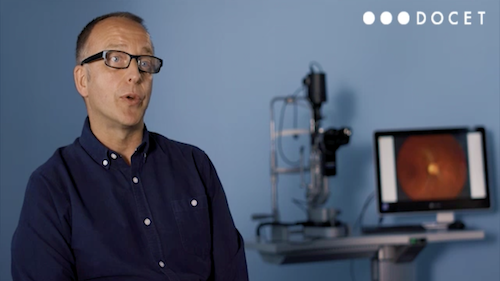General
![]()
![]()
Domains: Clinical practice, Leadership & accountability
No CPD Points

The development of digital imaging systems for optometry has reached the point where they are an integral part of eye health assessment. In this four-part series, we will cover image capture and storage, digital cameras, scanning laser ophthalmoscopy (SLO) and optical coherence tomography (OCT).
Before you start the second part of the series, please ensure that you have either completed Modern Imaging in Eye Care: Part 1 - Image Capture and Storage or you are familiar with its content.
Part two discusses the following:
- Various methods of capturing anterior and posterior ocular structures with digital cameras
- How to set up the patient
- Tips on achieving the best image and optimum data capture
- How to enhance the image once captured
- Maintaining legal and procedural integrity.
The aim of this course is to show how image storage, adaptation and transfer can aid in clinical decision-making and how a good understanding of digital imaging can help you with your patient management.
To learn how to achieve the best images with scanning laser ophthalmoscopy systems, continue to Modern Imaging in Eye Care: Part 3 - SLO.
First published: March 2019
Last reviewed: April 2022